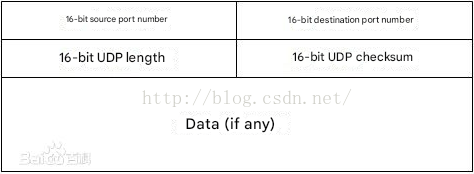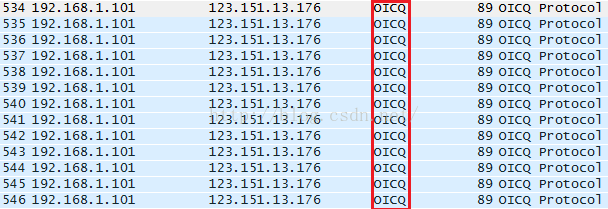1. What is the UDP protocol?
UDP (User Datagram Protocol) explained within the context of the OSI seven-layer model is a connectionless transport layer protocol, providing a simple yet unreliable method of transmitting information across various applications. This connectionless network protocol plays a crucial role in supporting network applications that aim to transfer data between computers, such as client/server network applications, including those used in network video conferencing systems.
2. What are the characteristics of UDP?
1. UDP is a connectionless protocol, which means that no connection is established between the source port and the destination port before transmitting data.
2. Since UDP does not establish a connection during transmission, there is no need to maintain the connection status.
3. The header of the UDP packet is very short, only 8 bytes.
4. UDP uses best effort delivery, which does not guarantee reliable delivery.
5. UDP is widely used in multimedia applications, such as QQ video, Internet phone, etc.
3. UDP header format

You can see that the UDP datagram header has a total of 8 bytes
Source port: The port used to transmit the data packet
Destination Port: The port to which the packet will be transmitted
UDP length: Data packet length in bytes
Checksum: Used to ensure the integrity of the UDP header and data parts
Data: Data encapsulated by UDP, including the header of the application layer protocol and the data sent by the user
4. Capture UDP data packets
After configuring Wireshark and logging into QQ, you can obtain UDP protocol data packets.

Among them, OICQ is the protocol of Tencent QQ, which is based on the UDP protocol.
5. Analysis of UDP protocol
Just choose one of the above packages




